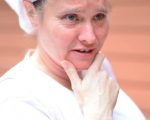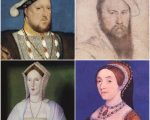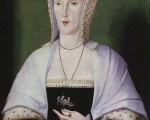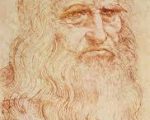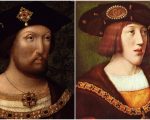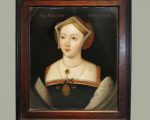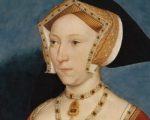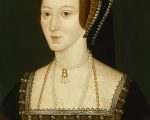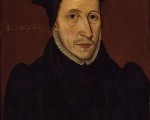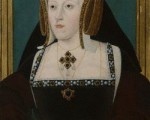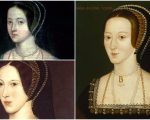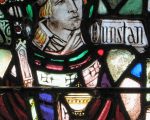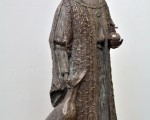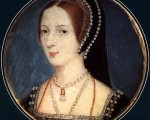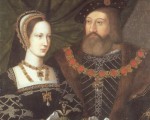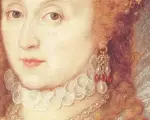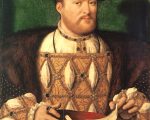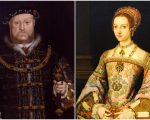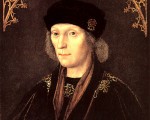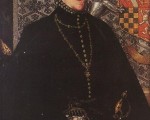
On this day in history…
29th May:
1500 – Death of Thomas Rotherham, Archbishop of York, at Cawood Castle, Yorkshire. He was buried in York Minster.
1533 – Anne Boleyn’s coronation pageantry began with a river procession.
1542 – Death of Sir Thomas Neville, lawyer and Speaker of the House of Commons, county commissioner in Kent, Surrey, Sussex, and Middlesex, and Knight of St John. He was the fifth son of George Neville, 2nd Baron Bergavenny. Neville was buried in Mereworth church in Kent.
1546 – Murder of David Beaton, Cardinal and Archbishop of St Andrews, at the castle in St Andrews. He was killed by a small group of Fife lairds. One motive was their outrage at the recent trial and execution of Protestant preacher George Wishart at St Andrews.
1555 – Birth of George Carew, Earl of Totnes, soldier, administrator and Lord President of Munster. He was a member of James I’s Privy Council and his council of war. He was also a friend of Sir Walter Ralegh, and pleaded unsuccessfully for his life.
1593 – Hanging of religious controversialist John Penry at St Thomas-a-Watering in Surrey. Penry had been found guilty of “publishing scandalous writings against the church” after having been linked to the “Marprelate religious tracts.”
1623 – Burial of Francis Anthony, alchemist and physician, in the church of St Bartholomew-the-Great.

